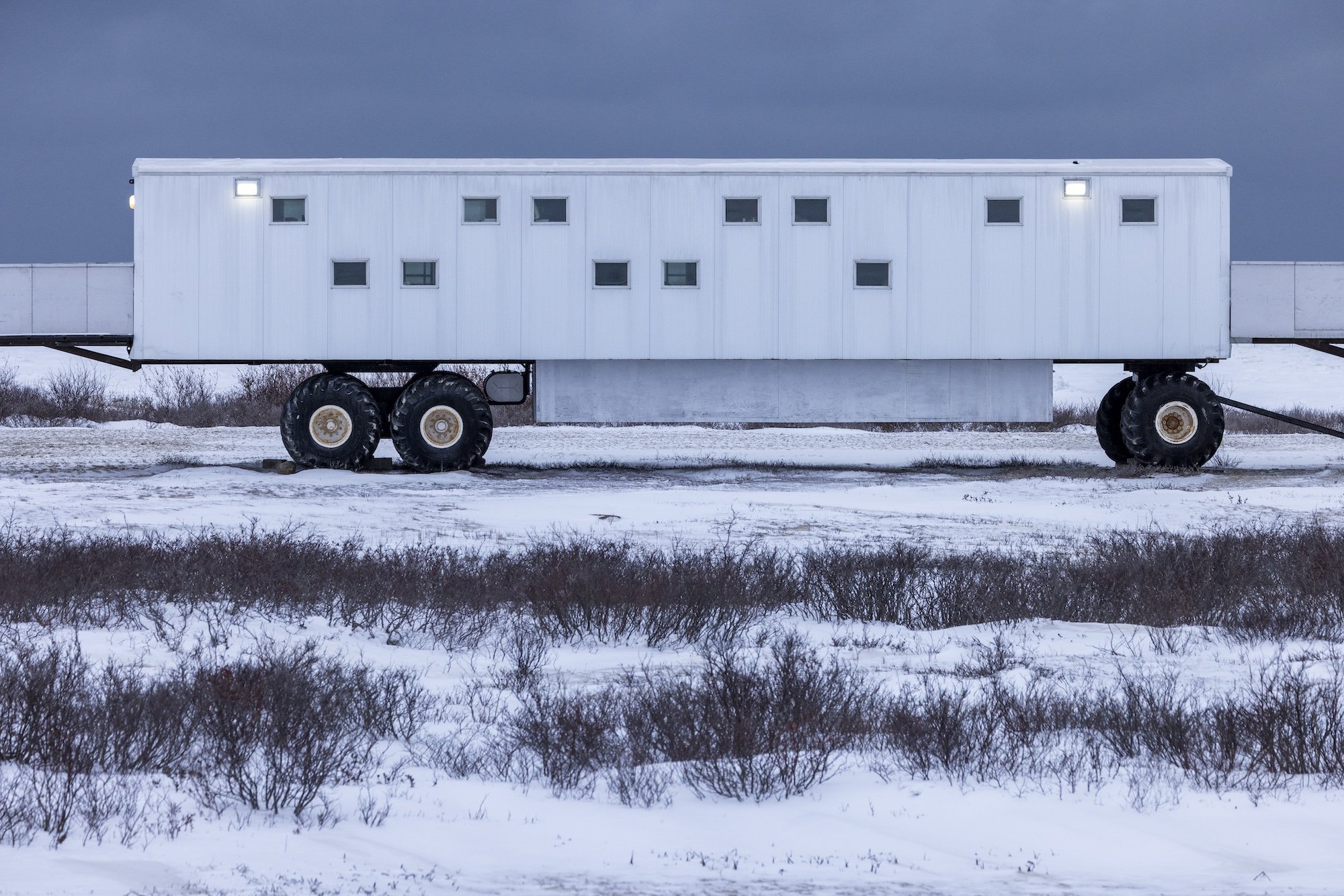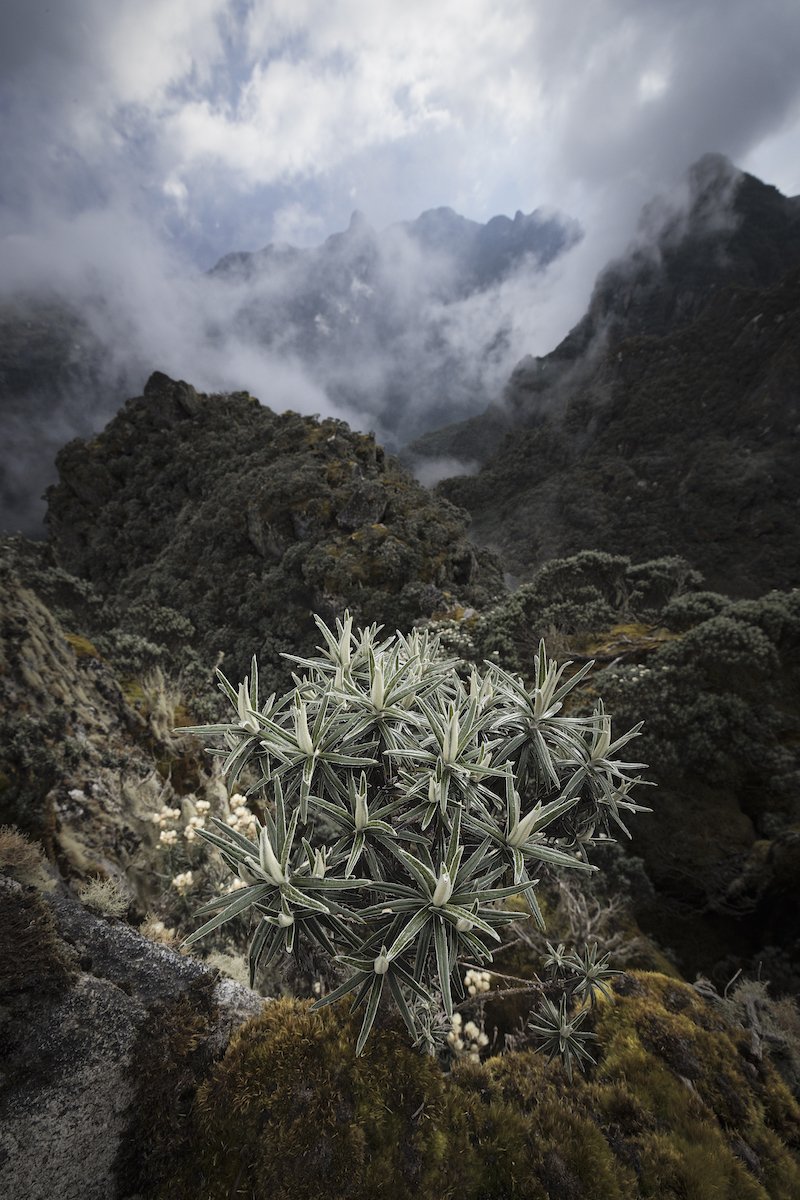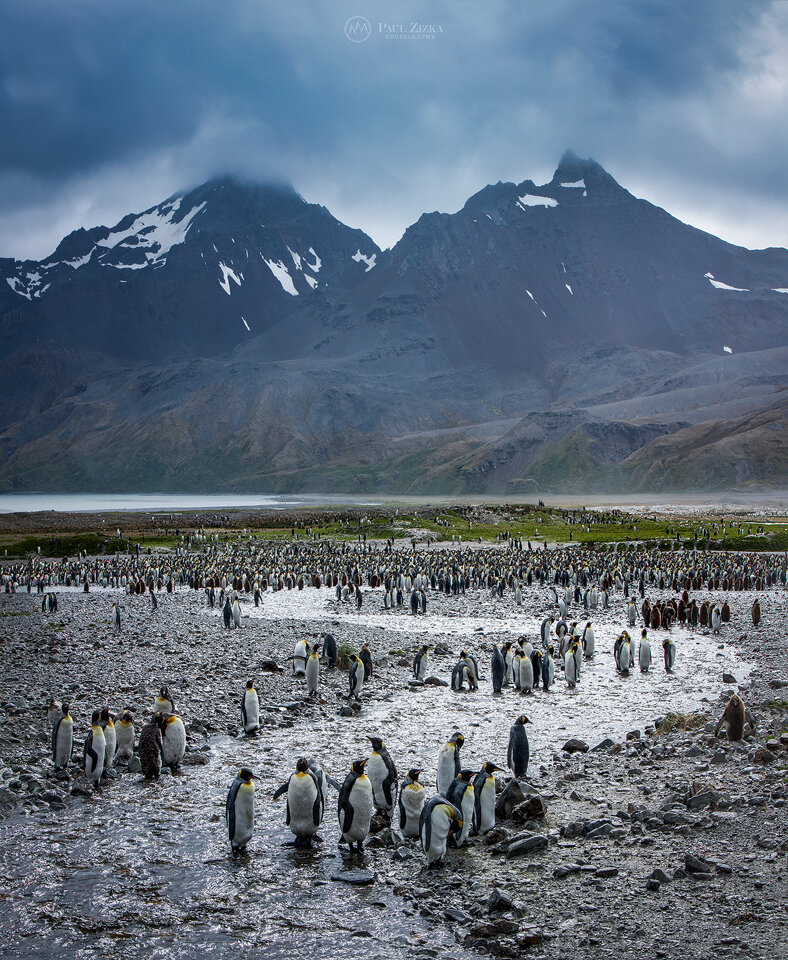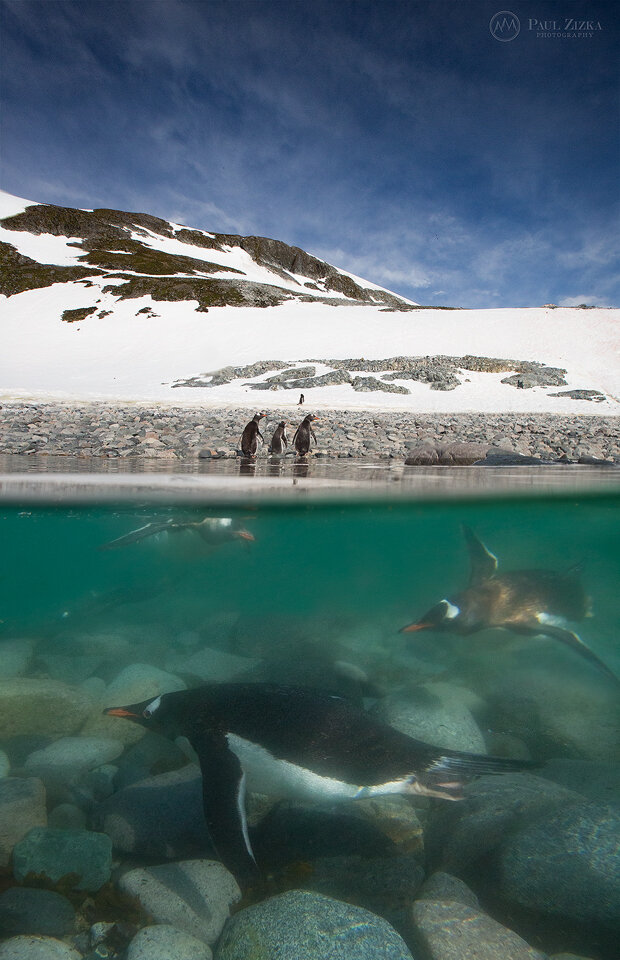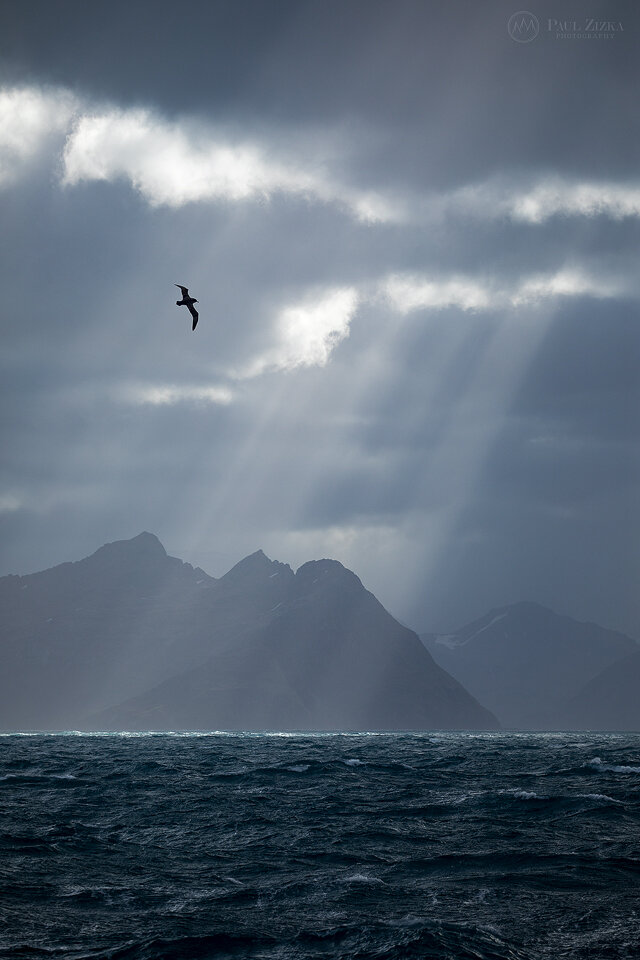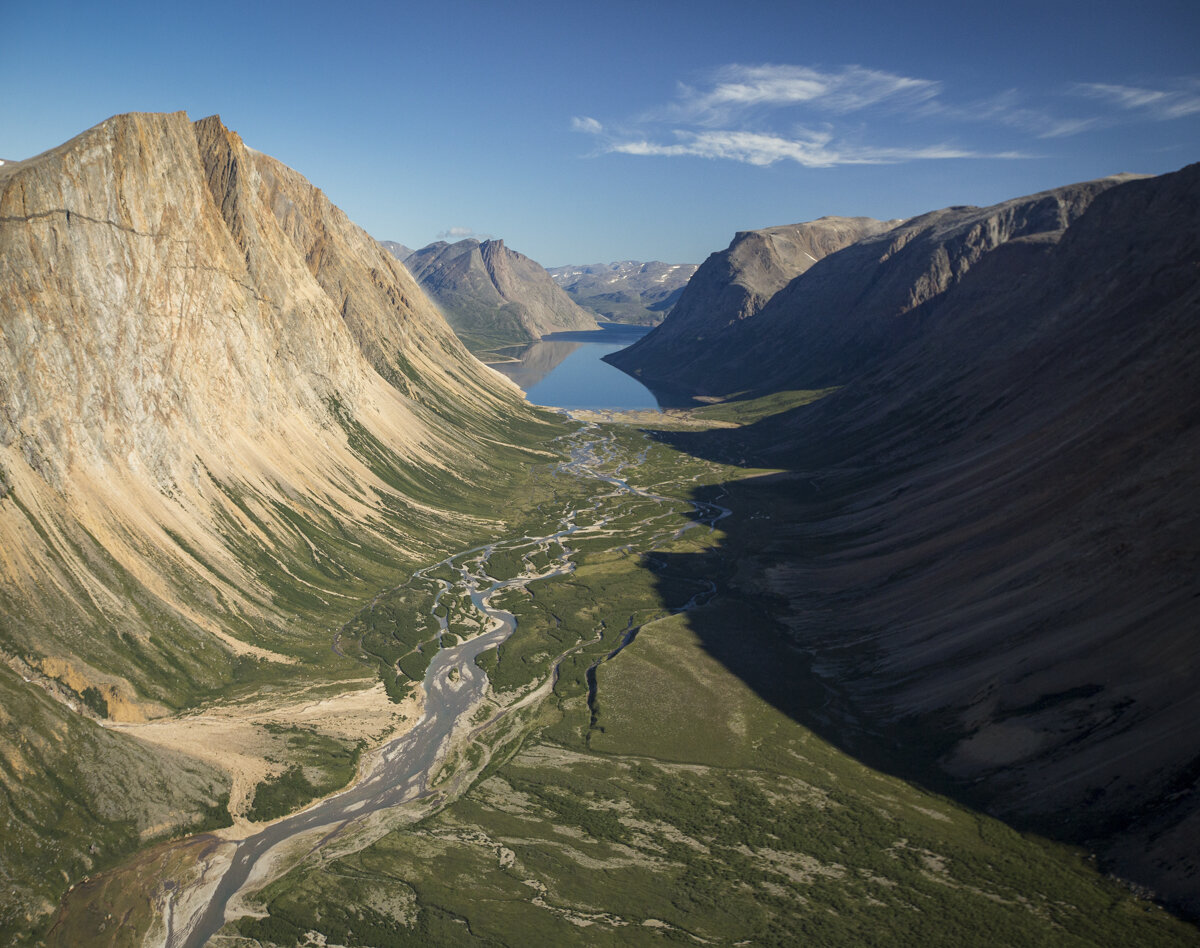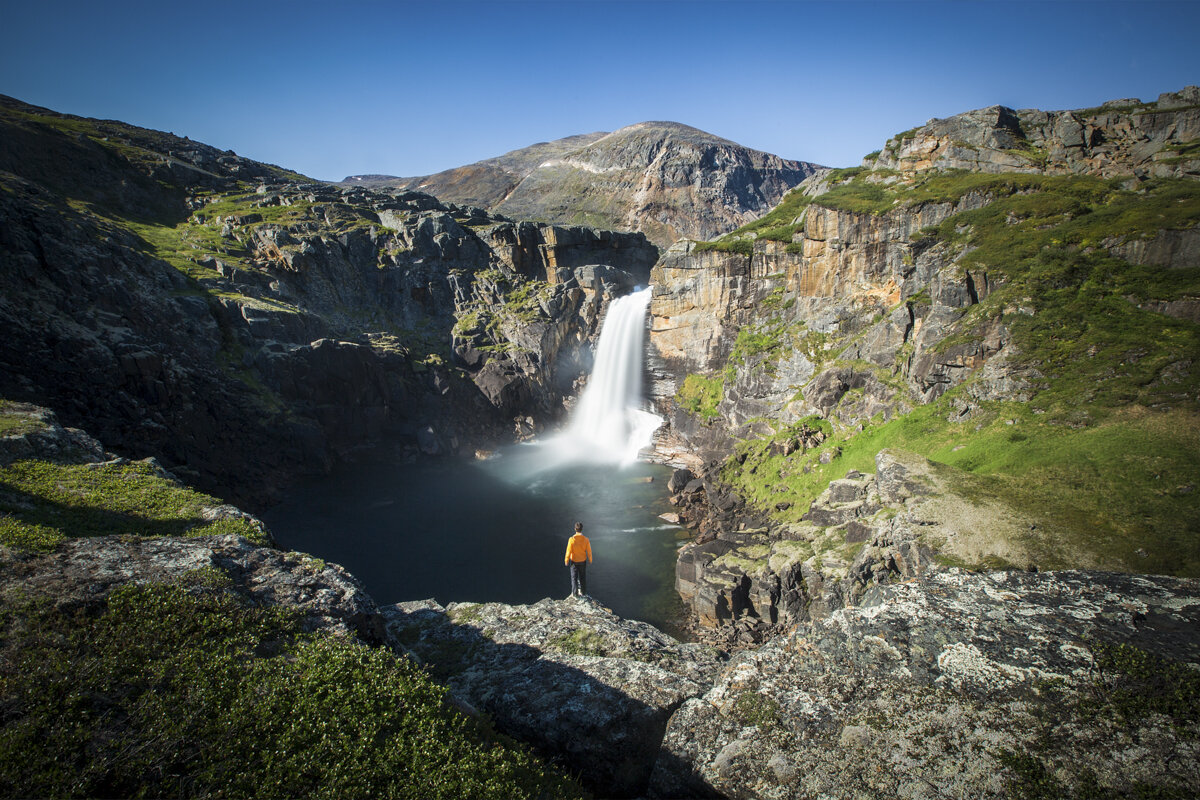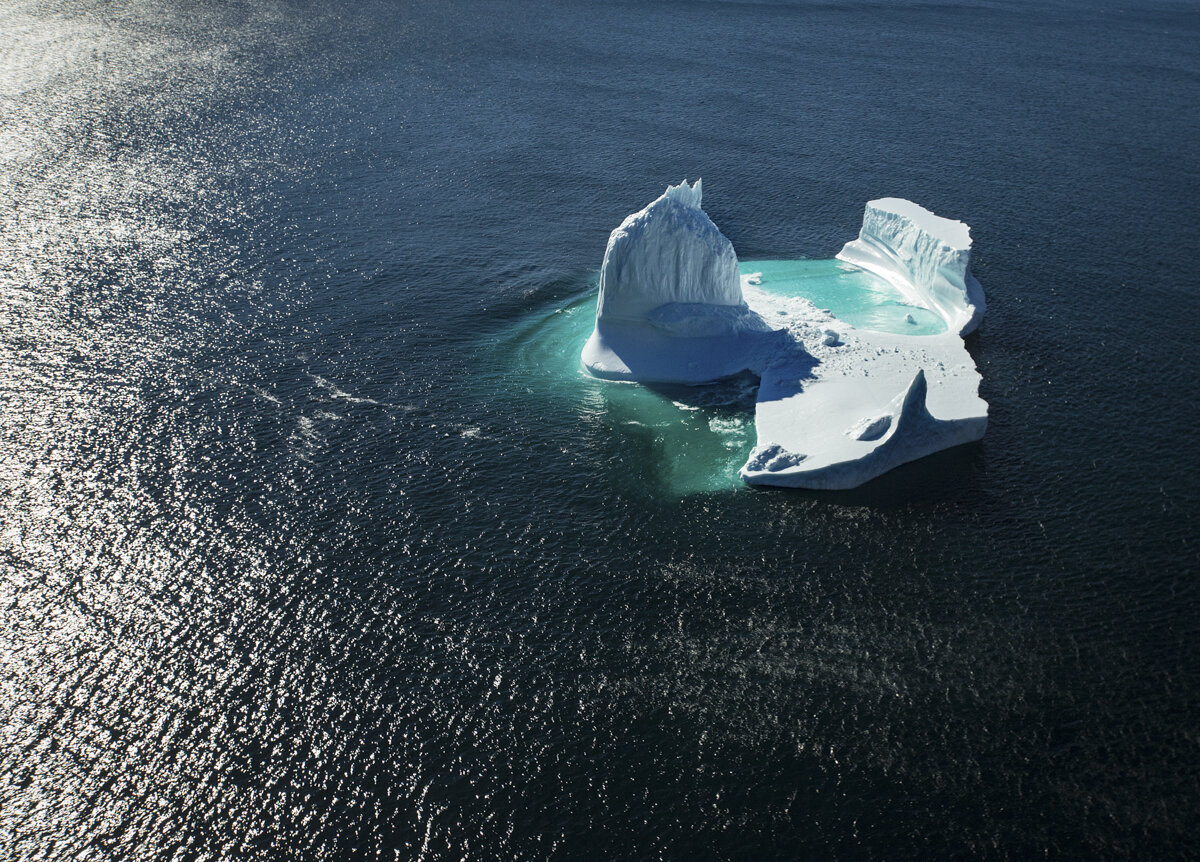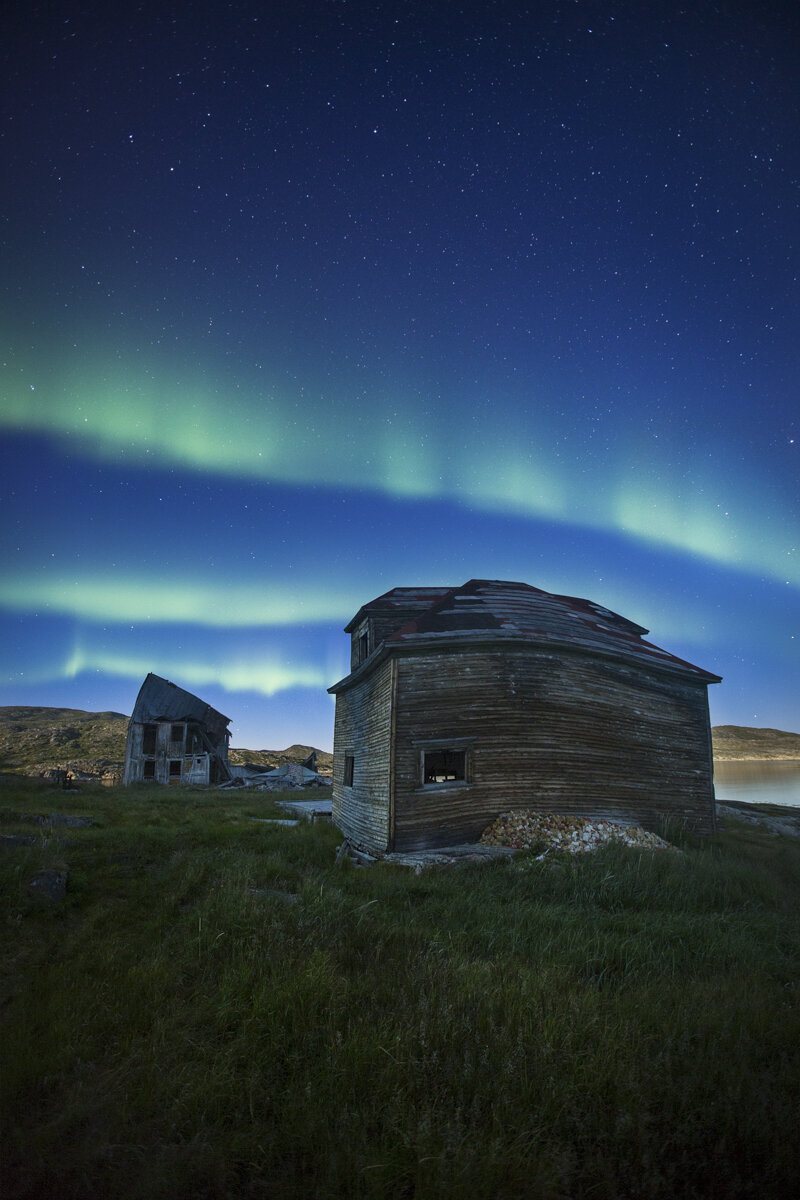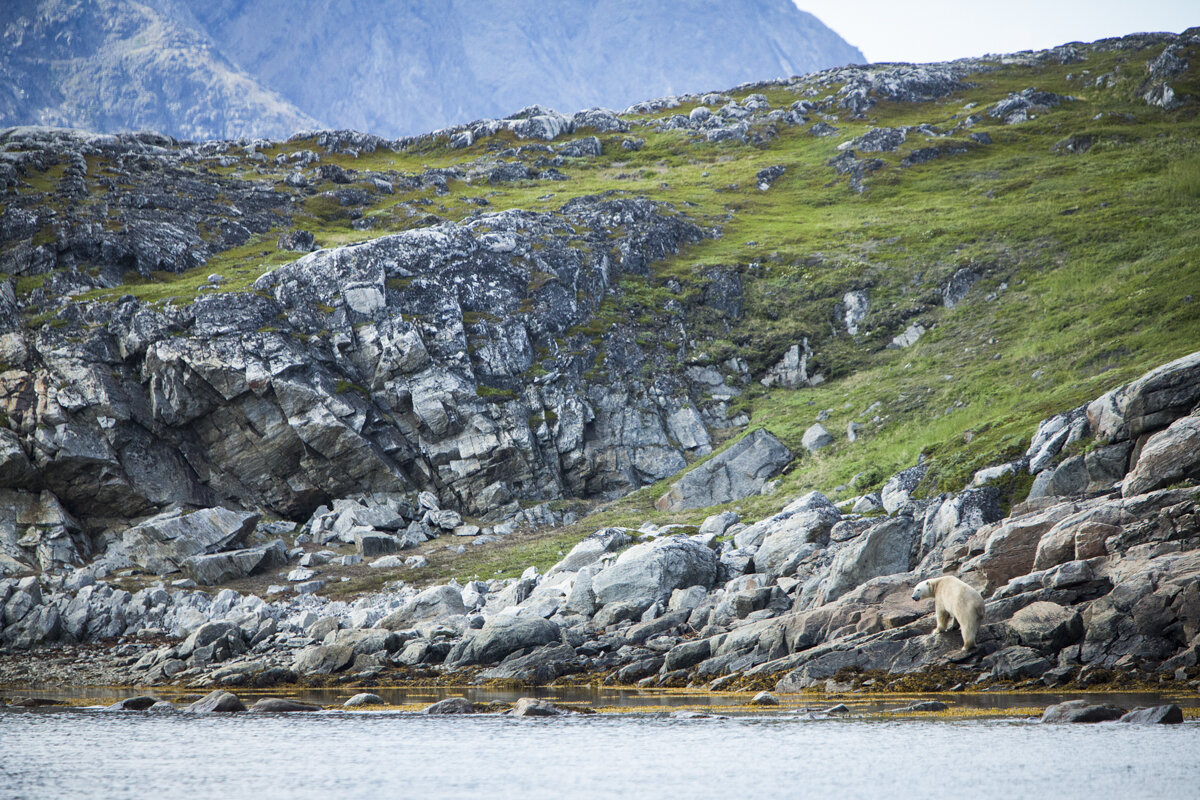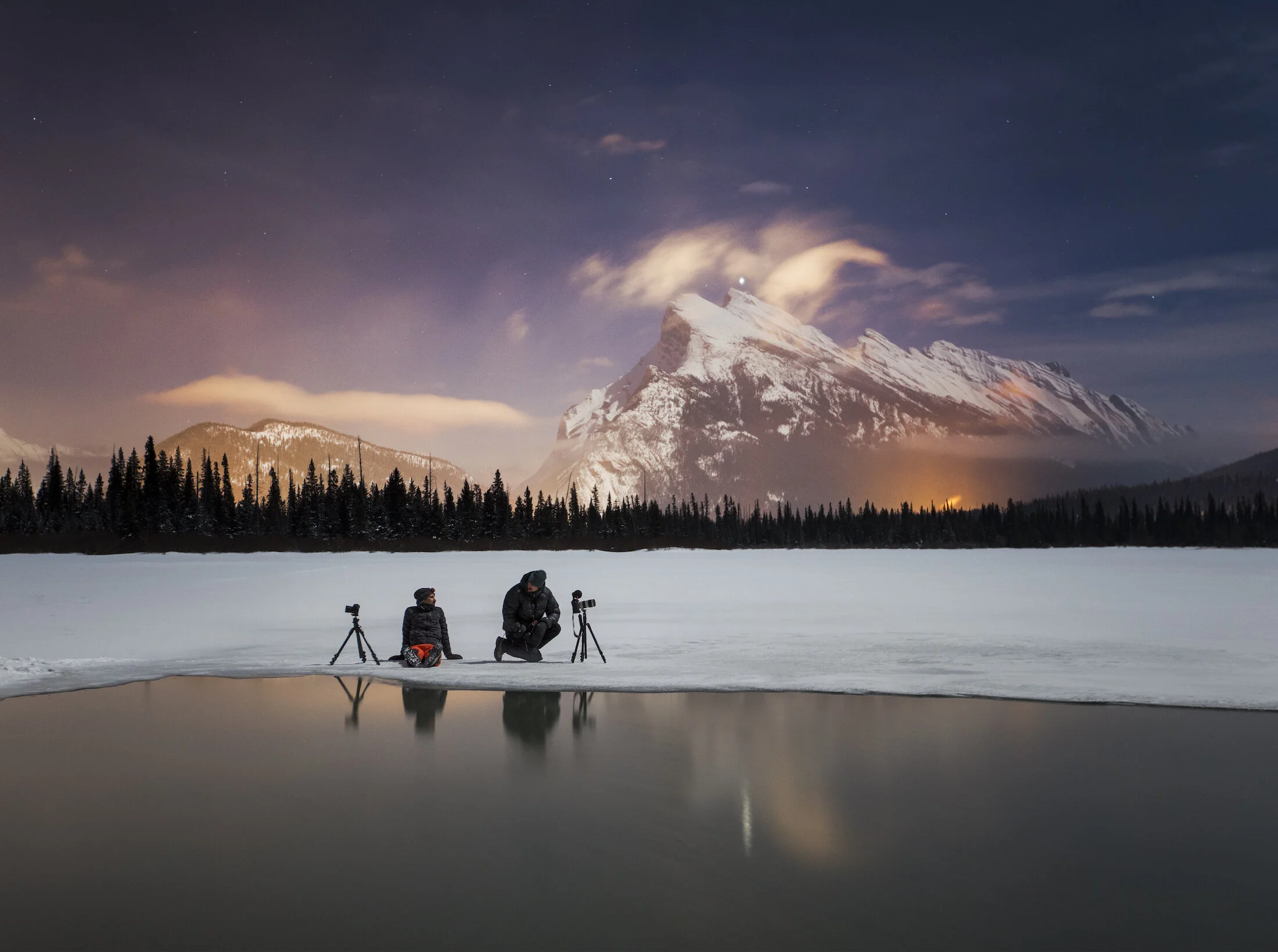
Polar Bears and Northern Lights: Photographing in Churchill, Manitoba
Nestled on the edge of the Arctic, where the icy embrace of the Hudson Bay meets the rugged terrain of the Canadian wilderness, lies Churchill, Manitoba. Known as the "Polar Bear Capital of the World" and a prime destination for witnessing the Northern Lights, Churchill had been on my bucket list for years. I was finally able to make the trip in November 2023.
Nestled on the edge of the Arctic, where the icy embrace of the Hudson Bay meets the rugged terrain of the Canadian wilderness, lies Churchill, Manitoba. Known as the "Polar Bear Capital of the World" and a prime destination for witnessing the Northern Lights, Churchill had been on my bucket list for years. I was finally able to make the trip in November 2023.
If something catches your eye, please check out the Limited Edition print collection on the shop (and reach out to me for any custom prints if you don’t see an image there).
Polar bear walking. Photo by Paul Zizka.
Two polar bears sparring on the tundra. Photo: Paul Zizka.
Housed safely aboard a Frontiers North Tundra Buggy ® I had several days out on the tundra to watch for polar bears, and keep my eyes out for the aurora borealis. Miraculously, everything converged once night and I was able to capture my dream image: a polar bear under the northern lights. What’s more, we had numerous bear sightings, never going more than 10 minutes without seeing one somewhere out there (and often right up next to the buggy).
Frontiers North Tundra Buggy. Photo: Paul Zizka.
Tundra Buggies near Churchill, Manitoba. Photo: Paul Zizka.
Sunset over Frontiers North Tundra Buggy. Photo: Paul Zizka.
Curious polar bear in Churchill, Manitoba. Photo: Paul Zizka.
Polar bear snoozing, Churchill, Manitoba. Photo: Paul Zizka.
A polar bear strikes a regal pose. Photo: Paul Zizka.
One particularly special encounter was witnessing a mother with three cubs. We witnessed an incredibly intimate moment as she nursed them right there in the land. Sadly, one of the cubs was quite emaciated and had a hard time keeping up with the clan. The group became separated and the cub was left on its own, with very little chance of survival. Such is the life on the tundra, which was both humbling and heartbreaking to witness.
A mother bear and three cubs in Churchill, Manitoba. Photo: Paul Zizka.
Three polar bears cubs on the tundra in Churchill, Manitoba. The left-hand one was markedly smaller. Photo: Paul Zizka.
A mother bear nurses three cubs out on the tundra in Churchill, Manitoba. Photo: Paul Zizka.
A mother bear and three cubs in Churchill, Manitoba. Photo: Paul Zizka.
A mother bear scares away a male on the tundra near Churchill, Manitoba. Photo: Paul Zizka.
Mama bear leads her three cubs with another Tundra Buggy ® in the distance. Photo: Paul Zizka.
The stars aligned one night when the aurora borealis came to dance, and not one but two polar bears showed up at the same time. I frantically ran from one end of the buggy to the other trying to capture the scene as the polar bears moved over the tundra. It was one of those moments that, as a photographer, I needed to rely on my ingrained technical knowledge because I had to work very quickly. I am thrilled to have come away with a few shots.
Polar bear under northern lights near Churchill, Manitoba. Photo: Paul Zizka.
Two polar bears under northern lights near Churchill, Manitoba. Photo: Paul Zizka.
The Frontiers North Tundra Buggy under Northern Lights. Photo: Paul Zizka.
I am so grateful to have finally gotten the chance to photograph these remarkable creatures in Churchill, Manitoba. I hope you enjoy the collection.
A mother and cub polar bear near Churchill, Manitoba. Photo: Paul Zizka.
Polar bears cuddling on the tundra near Churchill, Manitoba. Photo: Paul Zizka.
A mother and cub polar bear near Churchill, Manitoba. Photo: Paul Zizka.
If something catches your eye, please check out the Limited Edition print collection on the shop (and reach out to me for any custom prints if you don’t see an image there).
Memories from Africa: Wildlife, Climbing and the Last Glaciers
A collection of my favourite images from a recent photography workshop and photo mission to capture the last ice in Botswana and Uganda.
After a long pause from leading workshops abroad, I was fortunate to embark on two trips in the latter half of 2021. The most recent was a journey to beautiful Botswana, a must-see for landscape and wildlife lovers alike. This particular adventure provided the best of both worlds; it began with an immersive OFFBEAT workshop experience and ended with a personal trip to document some of the only remaining ice on the African continent. Both resulted in memories I will cherish for a long time.
Breathless in Botswana
The workshop went marvellously well. We split our time between the Khwai Private Reserve of the Okavango Delta and Chobe National Park. We were fortunate to spot elephants, big cats, giraffes, hippos, baboons, and birds of many feathers. Since we could never predict which animals we would come across, each game drive and boat cruise provided a completely unique experience. Each of our participants went home with thousands of photographs of dozens of animals. For me, the most memorable encounters involved cheetahs, elephants, and lions bathing in magical African light.
One of Covid’s silver linings has been renewed appreciation. While I recognized the value of travel prior to the pandemic, it all felt a touch more special this time around. Whether gathering with old friends, meeting new faces, teaching again, drinking local coffee, or sitting quietly with a lion—it all seemed even more precious.
If you’ve never been to Botswana, you absolutely need to add it to your bucket list. Everything about this country, from its diverse landscapes and animals to its generous people, will leave you breathless.
A mother and baby elephant in Chobe National Park, Botswana. Photo by Paul Zizka Photography.
The Mountains of the Moon
After wrapping up the workshop, I embarked on a personal journey to find and photograph the last remnants of ice on the African continent. I chase ice because of its surreal beauty, its impact on the land and its people, and because it's so quickly disappearing. Chasing ice in Africa led me deep into the Rwenzori Mountains, located on the border between Botswana and Uganda. They are also known as the Mountains of the Moon.
Much of the multi-day trek was spent following our local guides through an otherworldly landscape of tropical plants and ancient rock shrouded by mist and rain. The highlight of the trip was the surreal summit day high on Mount Stanley. There I was in an extremely remote area, at one of the last remaining glaciers in Africa. I was sitting at 5,109 m above sea level in -20C temperatures and zero visibility with one butt cheek in Congo and the other in Uganda. I was there, in that quiet and sacred place, as news from the outside world trickled in: the Omicron variant was beginning to shut down travel to many African nations. It was a bizarre experience and an emotional rollercoaster.
You may think of glaciers when you think of Africa, but ice does exist there—for the time being. The now-tiny glaciers of that region have existed for a long, long time. They have had a massive impact on the land and the locals throughout history. They carved the valleys into what you see today and they provided water for life to fill those valleys. I chase ice because of its surreal beauty, its impact on the land and its people, and because it's so quickly disappearing. Embarking on this trip to see those glaciers in their terminal state was deeply moving and well-worth documenting for me.
The Rwenzori (also spelled Ruwenzori or Rwenjura) is a mountain range in eastern equatorial Africa, on the border between Uganda and the Congo. Photo by Paul Zizka Photography.
Guides on the summit of Mount Stanley (5,109 m). Photo by Paul Zizka Photography.
One of the many waterfalls we encountered during the trek. Photo by Paul Zizka Photography.
Journey to the White Continent
It always seemed so unattainable to me. But after two days at sea, and a year of anticipation, I was mesmerized when we first caught sight of a few rocks off Elephant Island through the thick fog – harbingers of our imminent arrival on the fabled White Continent. There is no wilder place on Earth, nowhere more remote, more inhospitable.
Antarctica.
It always seemed so unattainable to me. But after two days at sea, and a year of anticipation, I was mesmerized when we first caught sight of a few rocks off Elephant Island through the thick fog – harbingers of our imminent arrival on the fabled White Continent. There is no wilder place on Earth, nowhere more remote, more inhospitable.
And as I found out over the six weeks following that moment in early January 2017, you’d be hard-pressed as a photographer to find another location on the planet that is more overwhelming. The photo opportunities just kept on coming, and I’ll never forget the sense of remoteness, the way life thrived on a whole other level, and the scale of the land down there. I’m thankful for One Ocean Expeditions for bringing me on board.
Amazingly, I managed to underestimate how many photographs I would take on the trip. When I returned home from the White Continent, the hard drives were filled to the brim, and between test shots, time-lapses, bracketed sequences and such, I came home with 40,000 files! I’m just starting to put a dent into all that material, but I would like to share some of the early results with you.
Antarctica is a place that will stay with me forever, and I very much look forward to revisiting my experience there through the thousands of photographs. I hope you enjoy the sneak peek!
The scale of South Georgia is absolutely overwhelming. Massive mountains grace the horizon. Glaciers are colossal. Penguins come by the thousands. Fur seals are everywhere you look. And the island itself is 2,000 km from the nearest mainland – isolation beyond description. I took this from our ship, the Vavilov, on an early morning at Gold Harbour, a place of incredible beauty. This is a penguin highway, which is simply a path of least resistance the animals continuously follow. In the back is the rapidly receding, spectacular Bertrab Glacier. By the way, the Canon 100-400 was by far my most used lens on the trip. Photo by Paul Zizka Photography.
I’ve taken my share of selfies, but never with penguins, fur seals and elephant seals looking on. That morning at St Andrews Bay was a highlight of the time spent on South Georgia with One Ocean Expeditions. Photo by Paul Zizka Photography.
A trio of synchronized whales swim into the endless Antarctica sunset. We saw dozens, perhaps hundreds of cetaceans that evening in the Gerlache Strait. The ice and mountains alone were just breathtaking. Photo by Paul Zizka Photography.
They had warned me that South Georgia would turn anyone into a wildlife photographer… Hard to ignore those three king penguins backlit by a fiery sunrise. This was at St Andrews Bay, meaning there were another 100,000 penguins right behind me. Just mind-blowing. I’d never seen life thrive at that level. This is the largest penguin colony on the island. Photo by Paul Zizka Photography.
Love the mysterious, deep blue hues of Antarctic icebergs… Lemaire Channel, Antarctica. Photo by Paul Zizka Photography.
This was one of the most entertaining wildlife encounters we had on South Georgia: a macaroni penguin and a blue-eyed shag fighting over a little rock island. I think I took 100 shots of that interaction, but with the subjects moving and the zodiac bobbing around on the waves, I never quite got the composition where I want it… This is the best one of the lot. A wonderful wildlife moment in the middle of nowhere. Photo by Paul Zizka Photography.
A self-portrait taken on Petermann Island on the Antarctic peninsula. Between the gentoo penguins, the huge icebergs floating by, and the distant glaciated peaks, this is one place I found particularly overwhelming as a photographer. Just incredible. Photo by Paul Zizka Photography.
As we explored the coast of the island that morning, we all did our best to simplify our compositions, usually by isolating one or two animals. But the truth is, South Georgia is an incredibly cluttered place. It’s a compositional mess of colours, textures and lines. So here’s a crowded image I feel is representative of that amazing island! A lot of the detail is lost here on social media but I hope it conveys a sense of the place. Fortuna Bay, South Georgia. Photo by Paul Zizka Photography.
Ice in Antarctica comes in all shapes, sizes, textures and shades of blue. A paradise for the cryophile. The turquoise ramparts of this iceberg were particularly mesmerizing. Paradise Harbour, Antarctica. Photo by Paul Zizka Photography.
I think it’s fair to say gentoo penguins look rather clumsy above the surface. Underwater though, they move with incredible speed and precision. I took 500 shots. A handful had penguins in them… Photo by Paul Zizka Photography.
Gloomy morning at Fortuna Bay, South Georgia. Photo by Paul Zizka Photography.
Hiking on the peninsula, a sacred place. For me, every step was a privilege in that precious, stunning part of the world. In the background is the Conscripto Ortiz refuge, run by Argentina. Paradise Harbour, Antarctica. Photo by Paul Zizka Photography.
Camping on the 7th continent… Would you? I settled into my “moat” for the obligatory self-portrait and then realized the surroundings were just too good to pass up. I spent a sleepless, exhilarating, peaceful night exploring and photographing beautiful Leith Cove before returning to the ship. Leith Cove, Antarctica. Photo by Paul Zizka Photography.
Penguin life has its challenges. Gruesome, I know, but a reminder that leopard seals and other predators constantly prowl the icy waters of the Antarctic peninsula (good thing to keep in mind for the underwater photographer too I suppose). Danco Island, Antarctica. Photo by Paul Zizka Photography.
I really wished I hadn’t used the word “epic” so much before going to Antarctica. I think we all ran out of superlatives soon after reaching the continent… Gerlache Strait, Antarctica. Photo by Paul Zizka Photography.
Brash ice, cirrus clouds and mammoth peaks – a perfect afternoon on the White Continent. Photo by Paul Zizka Photography.
An Adelie penguin reaches the extent of the sea ice, Antarctica. Photo by Paul Zizka Photography.
Self-portrait at the edge of the world. Photo by Paul Zizka Photography.
An albatross conveniently soars through the frame as crepuscular rays rain down on the peaks of South Georgia. So much beauty in that remote corner of the world. Photo by Paul Zizka Photography.
Iceberg illuminated by the sun, Antartica. Photo by Paul Zizka Photography.
A lone Adelie penguin seemingly runs out of sea ice off of the Antarctic peninsula. As for us, we ran out of water. This encounter marked the southernmost extent of our journey: about 67 degrees, somewhere in Lallemand Fjord. Photo by Paul Zizka Photography.
Journey Through the Torngat Mountains
The Torngats. The name alone evokes a sense of mystery. Tucked into one of the most remote parts of Canada lies one of the last frontiers for landscape photographers and explorers alike: the Torngat Mountains
The Torngats.
The name alone evokes a sense of mystery. Tucked into one of the most remote parts of Canada lies one of the last frontiers for landscape photographers and explorers alike: the Torngat Mountains. The area is an incredibly wild mix that fires up the imagination: Norway-like fjords, glacier remnants (and the associated turquoise lakes), a healthy polar bear population, jagged icebergs freshly arrived from Greenland, aurora-filled skies, cultural treasures, archeological gems, rich marine life, and some of the highest, most rugged peaks in all of Eastern Canada.
Best of all, all that incredible wilderness is now protected through the national parks system, and it is accessible to the adventurous-minded via the recently-established Torngats Base Camp.
It is a deeply sacred home to Inuit people and, back in August 2016, I had the incredible opportunity to spend a week in the area. It is truly amazing to be able to be among the first to document all that beauty with the camera. Not only that, but being able to do so in great comfort (especially given the remoteness). The facilities were top-notch, the local staff were most helpful and access to the landscape via zodiacs was as exciting as convenient.
The Torngats are truly a place you have to see for yourself. No words can do the place justice. It's like a modern-day Shangri-la, an overwhelming paradise for landscape and wildlife photographers. Even images don't get close to depicting what the Torngats are like, here's my attempt through my favourite images from the week!
→ All of these images are available as custom limited edition prints.
The Goose Bay area has great photos ops on the way up to the Torngats! Photo by Paul Zizka Photography.
The Goose Bay area. Photo by Paul Zizka Photography.
Unnamed Waterfall, Torngat Mountains, Labrador. Photo by Paul Zizka Photography.
Unnamed lake, Torngat Mountains, Labrador. Photo by Paul Zizka Photography.
Unnamed Waterfall, Torngat Mountains, Labrador. Photo by Paul Zizka Photography.
"Aurora Harbour" 3 AM in the Torngats. The aurora borealis paints an incredible scene in the Labrador sky. Torngat Mountains National Park. Photo by Paul Zizka Photography.
The aurora borealis paints an incredible scene in the Labrador sky. Torngat Mountains National Park. Photo by Paul Zizka Photography.
Aurora Borealis, Torngat Mountains National Park. Photo by Paul Zizka Photography.
Moody day at Saglek Fjord, Torngat Mountains National Park, Labrador. Photo by Paul Zizka Photography.
North Arm, Torngat Mountains National Park, Labrador. Photo by Paul Zizka Photography.
Even the local Parks staff never tire of the magic of the Torngats! Unnamed waterfall near North Arm, Torngat Mountains National Park, Labrador. Photo by Paul Zizka Photography.
A moment of bliss in the Torngats, sitting at the front of the boat, gazing out at the symmetry and the deep blue waters around us, and wondering what will lie around the next corner. Photo by Paul Zizka Photography.
North Arm, Torngat Mountains National Park, Labrador. Photo by Paul Zizka Photography.
Sitting at the front of the boat, gazing out at the symmetry and the deep blue waters around us, and wondering what will lie around the next corner. Photo by Paul Zizka Photography.
"Torngats Glory" Just another beautiful, unnamed tumble of the Torngats. That morning it looked like Mother Nature has applied the "mosaic" filter to the reflections. Photo by Paul Zizka Photography.
Big iceberg, bigger cliffs. Saglek Fjord, Torngat Mountains National Park. Photo by Paul Zizka Photography.
"The Face" of SW Arm. Saglek Fjord, Torngat Mountains National Park. Photo by Paul Zizka Photography.
The Goose Bay area has great photos ops on the way up to the Torngats! Photo by Paul Zizka Photography.
Drying fish at Base Camp. Photo by Paul Zizka Photography.
"Northern Ramparts" The placid waters of the iconic Southwest Arm reflect an oil painting-like rendition of the cliffs towering above. The colourful wall rises nearly 1,000 metres above the fjord. It looks so much more impressive in person. :-) Photo by Paul Zizka Photography.
Welcome to the Torngats! Photo by Paul Zizka Photography.
View over St. John's Harbour and Base Camp from "the inukshuk". Torngat Mountains, Labrador. Photo by Paul Zizka Photography.
Iceberg off shore, Torngat Mountains. Photo by Paul Zizka Photography.
"Northern Ramparts" The placid waters of the iconic Southwest Arm reflect an oil painting-like rendition of the cliffs towering above. The colourful wall rises nearly 1,000 metres above the fjord. It looks so much more impressive in person. :-) Photo by Paul Zizka Photography.
Morning at St. John's Harbour, right next to Base Camp. Photo by Paul Zizka Photography.
Windex Lake as seen from the air. Photo by Paul Zizka Photography.
Ramah Bay as seen from the air. Photo by Paul Zizka Photography.
Rugged coastline of the Torngats as seen from the air. Photo by Paul Zizka Photography.
Rugged coastline of the Torngats as seen from the air. Photo by Paul Zizka Photography.
Nachvak Fjord from the air, Torngat Mountains National Park. Photo by Paul Zizka Photography.
"Labrador Magic." The incredible, raging Nakvak Falls, deep in Torngat Mountains National Park. This gem is reached either by flying or walking a looong way. I cheated for this one. There was only enough time for a few quick, safe shots, and off we went again! Thanks to pilot Steve for an incredible morning up high!
"Forgotten World." Of all the images I have posted from the Torngat Mountains National Park so far, this aerial view of the Southwest Arm is probably the one that is most representative of what the place is like. Part Norway, part Canadian Rockies, part Nunavut, yet unlike anywhere else I have gone before. Photo by Paul Zizka Photography.
Aurora, noctilucent clouds and the first light of dawn paint an incredible scene in the Labrador sky. Torngat Mountains National Park. Photo by Paul Zizka Photography.
Self-portrait in Torngat Mountains National Park, Labrador. Photo by Paul Zizka Photography.
"Crayola Point." That is how we started referring to that 15-foot high lichen-covered spire. A bluebird day at that location really brings out the entire array of colours one finds in the Torngat Mountains. Photo by Paul Zizka Photography.
Drifter... An underwater look at the fjords of Torngat Mountains National Park, complete with jellyfish. Photo by Paul Zizka Photography.
Iceberg off the coast of the Torngat Mountains National Park, Labrador. Photo by Paul Zizka Photography.
"Warp Zone." Aurora over the abandoned, twisted Hudson Bay buildings of Hebron. The second I saw images of that remote, nearly deserted Moravian mission (only one family remains), I knew I wanted to photograph it at night. Big thanks to The Torngats Base Camp for getting me out there, and to bear guard Joe for working after hours and wandering around the site with me! Photo by Paul Zizka Photography.
Wild teetering iceberg, Torngat Mountains National Park. Photo by Paul Zizka Photography.
"Framed In Ice". Last light on the behemoths of the Labrador coast. These towers were approximately 30 metres high. I took a flurry of shots, trying to frame that little island as the light was fading and the boat was bobbing. Thankfully one of the frames worked out! Torngat Mountains, Labrador. Photo by Paul Zizka Photography.
Unnamed turquoise lake near North Arm, Torngat Mountains National Park. Photo by Paul Zizka Photography.
Black Bear Tracks, Unnamed lake near North Arm, Torngat Mountains National Park. Photo by Paul Zizka Photography.
Ramparts of the Southwest Arm, Torngat Mountains National Park. Photo by Paul Zizka Photography.
Marine life, Torngat Mountains National Park. Photo by Paul Zizka Photography.
King of the hills. Large, healthy polar bear roaming among some of the world's oldest rocks. Torngat Mountains National Park, Labrador. Photo by Paul Zizka Photography.
Large, healthy polar bear roaming among some of the world's oldest rocks. Torngat Mountains National Park, Labrador. Photo by Paul Zizka Photography.
Abandoned, twisted Hudson Bay buildings of Hebron, Labrador. Photo by Paul Zizka Photography.
Rooftop sunrise, Hebron Moravian mission, Labrador. Photo by Paul Zizka Photography.
Watching the nearly-nightly aurora borealis display from my tent, Torngat Mountains Base Camp. Photo by Paul Zizka Photography.




